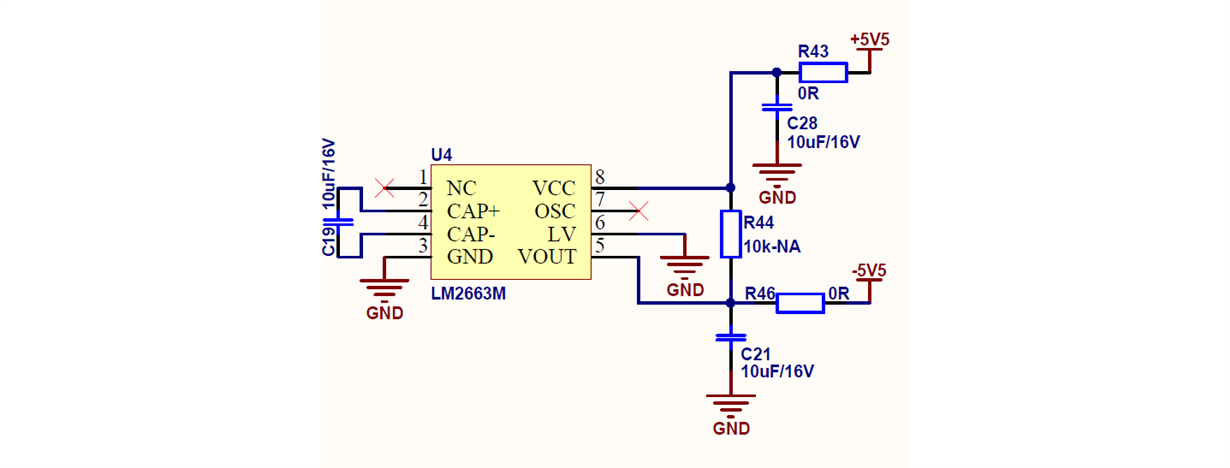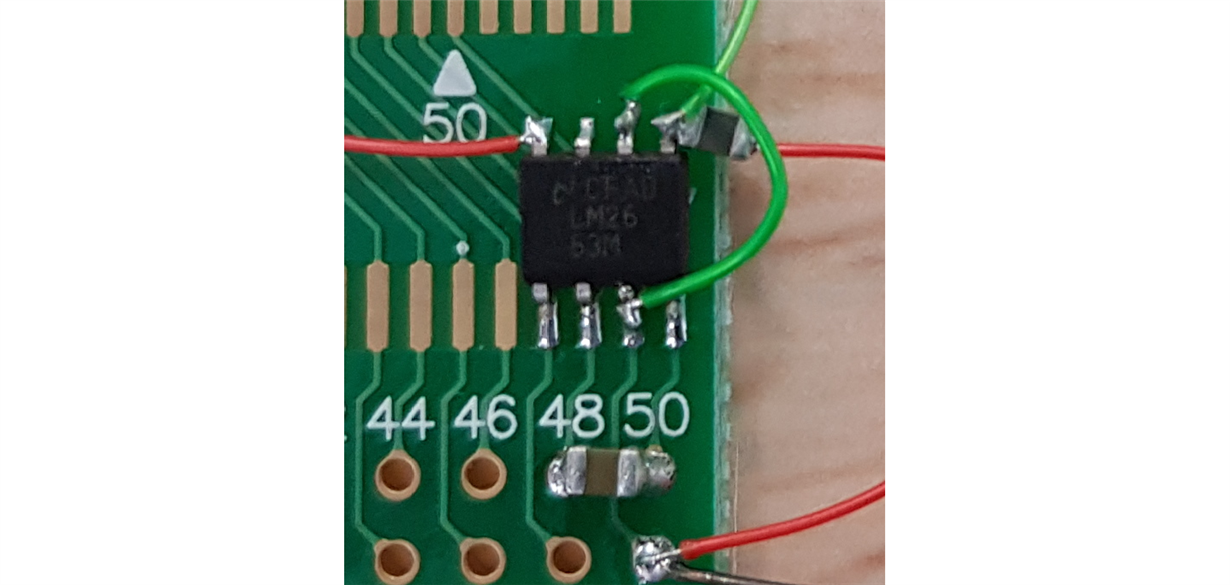Other Parts Discussed in Thread: LM2662
Hi,
I want to know which conditions will make LM2663 Vout have a voltage drop?
I measured the output current was about 20mA, but I don't know why Voltage drop from -5.5V-->-4.3V when connected to LCD driver IC VSN?



